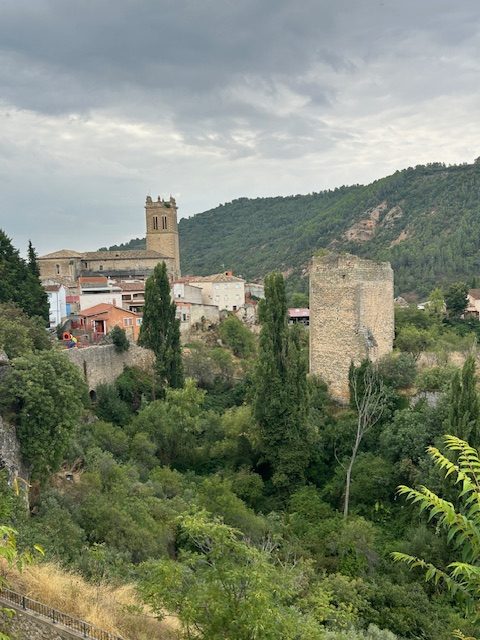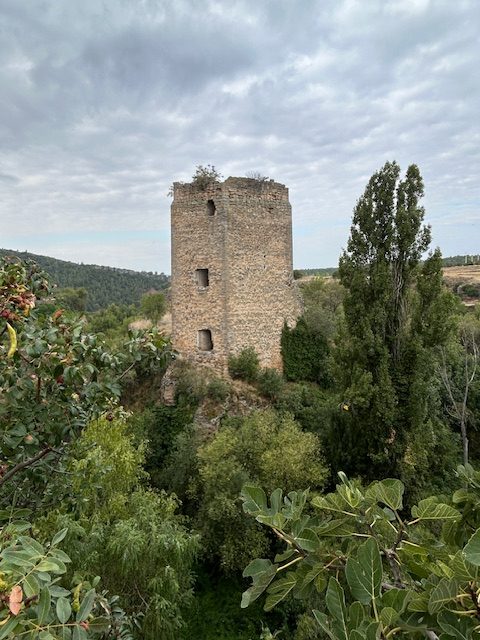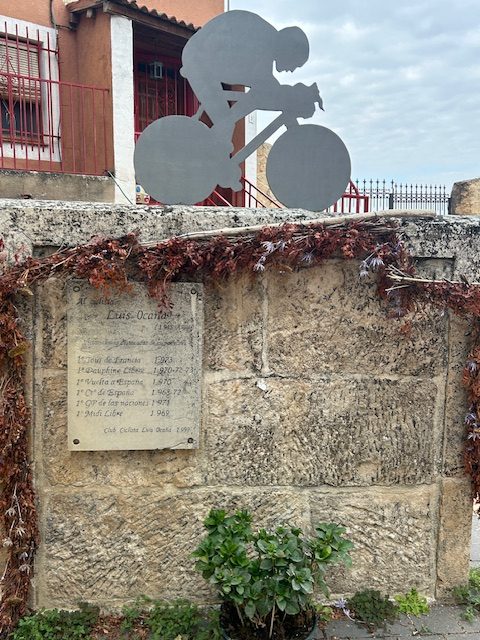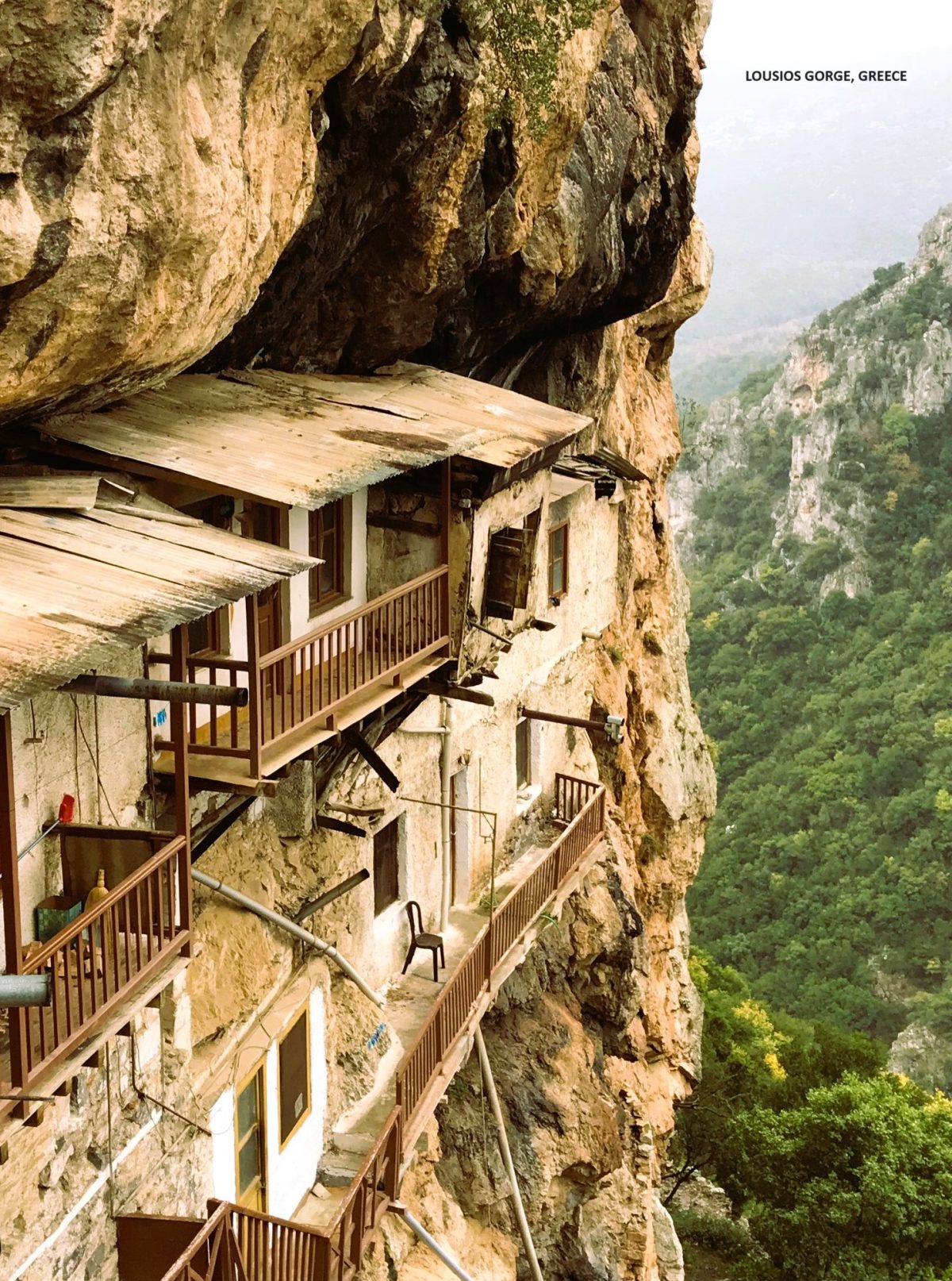A local I talked to in Canamares recommended we visit the two small towns of Priego and Beteta. They are in opposite directions from Canamares but not too far apart and we decided to visit both, starting with Priego.
We had already passed Priego on our way to Canamares. It lies about 5 miles west of Canamares on the CM2023 road and is considered the gateway to the Serrania de Cuenca National Park (home to, amongst others, the Iberian Wolf and the Brown Bear). Priego also forms part of the ‘ruta del mimbre’ (see the Canamares blog).
First things first, between Canamares and Priego the CM2023 follows the Rio Escabes where it has formed a deep rugged gorge of vertical limestone walls and exceptionally spectacular rock formations that are so typical of the Serrania de Cuenca landscape. At one of the deeper parts of the gorge there is a small layby which is the primary access point to the Ferrata de Priego (or the Via Ferrata Hoces de Priego complex to use it’s full name). This complex comprises three exciting ferratas graded between K1 (easy starter grade) and K4 (very difficult). I simply had to pull into a layby and investigate.

A little further along the road to Priego, a mile or so from the town, is a turn off which leads to a very well preserved place of pilgrimage, the Convent of San Miguel de Las Victorias, which in 1573 became home to a congregation of Franciscan monks. The convent was so named because (a) it was built on the site of the Hermitage of San Miguel and (b) to commemorate a fairly recent Christian naval victory by the Holy League over the Ottoman Empire (the Battle of Lepanto) in 1571. Vanya wasn’t keen to visit the convent and we were running late so; I had to be satisfied with taking some photos of the outside of the building but I understand the inside is well worth a visit. Next time perhaps.

And so to the town of Priego; a small town of a little over 1,000 people and not to be confused with Priego de Cordoba in Andalucia which has something like 20,000 inhabitants.
Nowadays Priego relies on tourism and it’s wickerwork industry and it is not a particularly prosperous town but; it wasn’t always so. This is demonstrated by an abundance of old mansions in the town emblazoned with the coats of arms of former owners and; indeed, the ayuntamiento (the town hall) on the Plaza de los Condos was once a celebrated renaissance palace belonging to the Counts of Priego.
A number of the former Counts are buried in the crypts of the parish church (the 1540 Iglesia Parroquial de San Nicolas de Bari) which, except for the town hall, is perhaps Priego’s most impressive building although; there is the ruin of a defensive tower of Arab origin at the edge of Priego which was once part of the town’s old castle complex.



I’ve read that Priego is famous for the number of fountains across the town but I don’t think so and I suspect someone has confused this town’s fountains with those in Priego de Cordoba in Andalucia. This Priego is however famous for being the birthplace of Luis Ocana, the Spanish cyclist whose rivalry with the Belgian cyclist Eddie Merckx matched that of the motor racing rivalry between Nikki Lauda and James Hunt. Ocano led a hard and often troubled life (and wasn’t the luckiest competitor) but he won the Tour de France on one occasion although; Merckx didn’t compete that year.

Ours was a short visit to Priego. We’d spend more time in Beteta.

